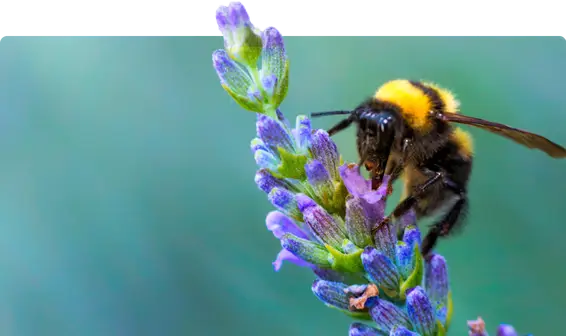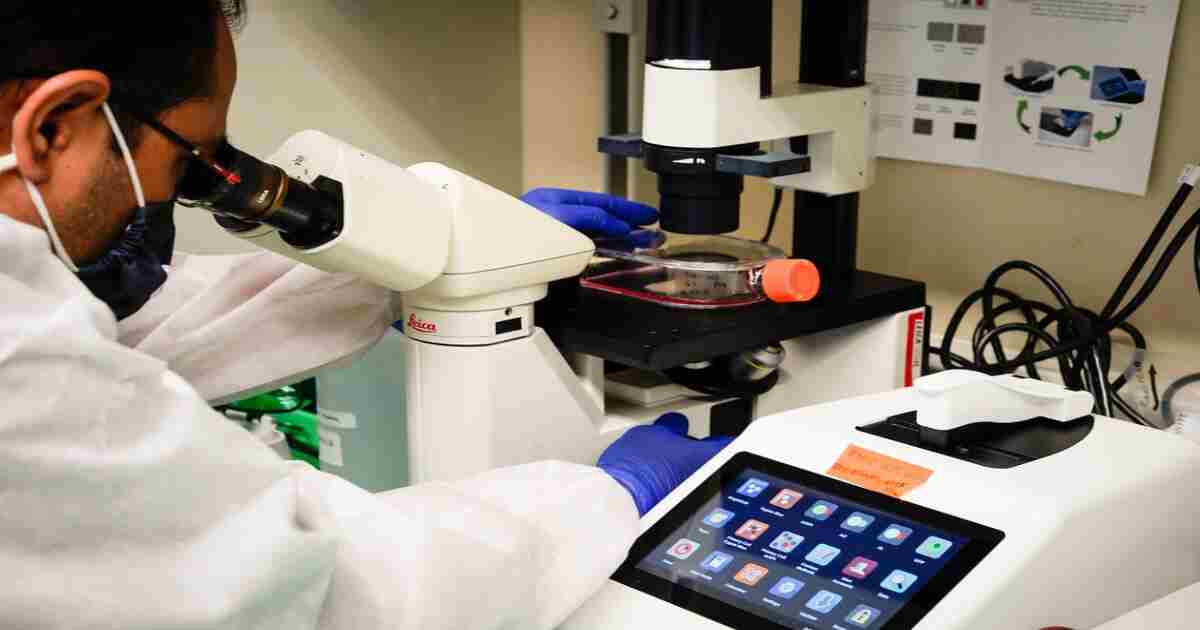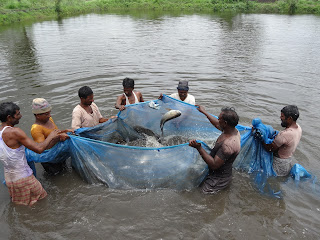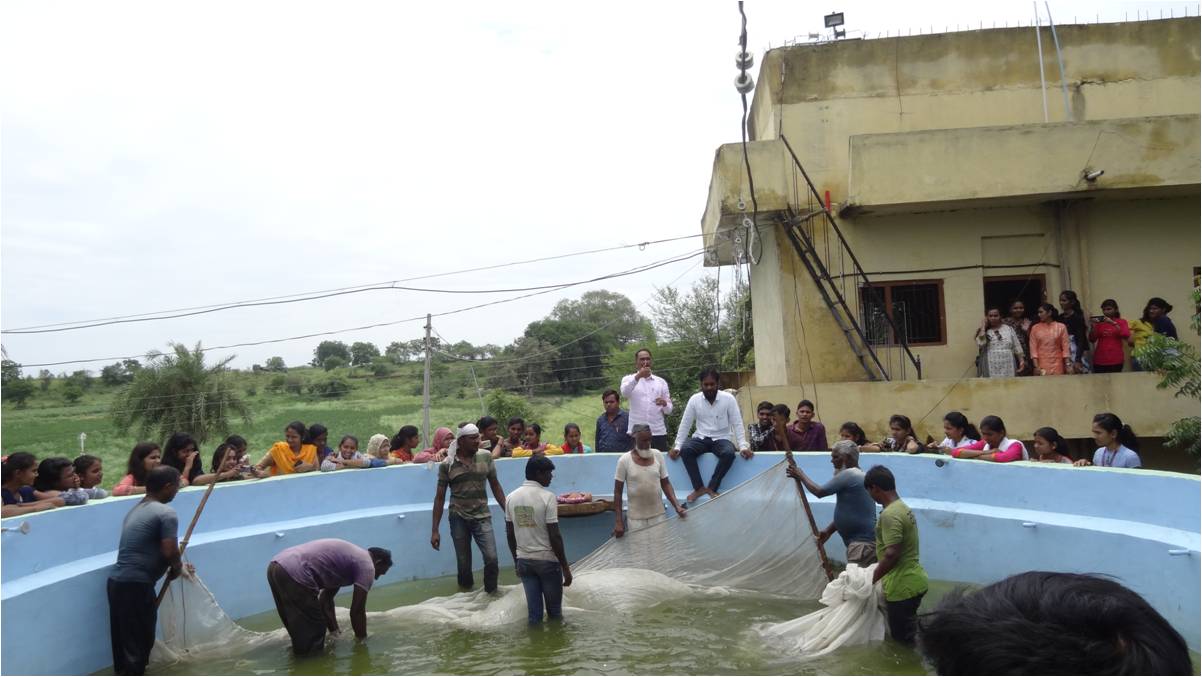Fish Seed Production Centre: Fish seed production refers to the process of raising fish from eggs or larvae to fry or fingerlings, which are then used to stock aquaculture ponds or farms. It’s a crucial step in the aquaculture industry, as it provides the foundation for sustainable fish production.
Methods of Seed production:
There are two main methods of fish seed production:
Natural spawning: This involves creating optimal conditions in ponds or tanks to encourage fish to spawn naturally. This method is often used for fish that readily reproduce in captivity, such as carps and tilapia.
Induced spawning: This involves using hormones or other techniques to stimulate fish to spawn outside their natural breeding season. This method is more complex and requires specialized skills and equipment, but it can be used to produce fish seed year-round and for species that are difficult to breed in captivity.
Stages of production:
Fish seed production typically involves several stages:
Broodstock management: Selecting healthy, mature fish for breeding and ensuring they are properly cared for.
Spawning: Encouraging the fish to release eggs and sperm.
Incubation: Fertilizing the eggs and protecting them until they hatch.
Larval rearing: Providing the newly hatched larvae with the right food and water conditions to survive and grow.
Fry and fingerling rearing: Raising the young fish to a larger size suitable for stocking in ponds or farms.
Importance of fish seed production:
Fish seed production plays a vital role in ensuring sustainable aquaculture. By producing high-quality fish seed, we can:
- Increase fish production and meet the growing demand for seafood.
- Improve the quality and health of farmed fish.
- Reduce dependence on wild fish stocks and protect marine ecosystems.
Maharashtra Fish Seed Production Centre
The Maharashtra Fish Seed Production Centre are situated at Kesapuri camp, near Majalgaon Tahasil, Maharashtra, India. It is a circular hatchery and includes required ponds for ideal fish farm viz- breeding pond, spawning tank, nursery pond, rearing pond and stocking ponds. Its area is 12 acre, with stocking pond size 150 x 100 x 6 and 180 cm maximum depth (depth 6 feet). Source of water is from Majalgaon reservoir and wells.
It is famous fish seed production centre for providing carp fishes seed to throughout Maharashtra and other state like Gujrat, Karnataka, Andra Pradesh, Telangana etc. There are four stages of seed produced like Fertilized eggs, spawn, fry and fingerlings. Five fish species are cultivated as follows:
Indian Major Carps:
Catla catla (Catla)
Labeo rohita (Rohu)
Cirrhinus mrigala (Mrigal)
Exotic Carp
Hypothalamichthyes molitrix (Silver carp)
Cyprinus carpio (Common carp)
If the such type of ideal fish farm are created by the Bachelor of Science students they should get self employ-ability or business, also farmers should be get side business.
 |
| Maharashtra Fish Seed Production Centre |
Culturable Practices at MFSPC:
- In India, the Chinese hatchery system is now considered to be highly suitable for the production of quality fish seed. ‘Fish Seed Production Centre’
- This system is designed for fish breeding and incubation.
- The duration of one operation for hatching is 4 days. It can be repeated after a period of 4 days. ‘Maharashtra Fish Seed Production Centre : Culturable Practices’
Overhead Water Storage Tank
- The floor of the tank should be 2.6 m above ground level.
- The inside dimension should be 5.5 x 2.7 x 2.2m and it should have a 30,000 litres capacity.
- Water supply to the overhead tank should be arranged by pumping water from an open well or Majalgaon reservoir. ‘Fish Seed Production Centre’
- The overhead tank is used to supply sufficient water for the other ponds like spawning, incubation and storage tanks.
Spawning Pond:
- It is a circular concrete pond with an inside diameter of 8 m. It has 50 cubic metres of water holding capacity. ‘Fish Seed Production Centre’
- The inside depth at the periphery is 1.20 m which slopes down to the centre at 1.50 m. ‘Maharashtra Fish Seed Production Centre : Culturable Practices’
- A water supply line is laid along the outside of the wall and the inlet to the pond is provided at 14-16 places equally spaced and fixed at an angle of 45° to the radius of the tank using a 20 mm diameter pipe with a nozzle mouth, all arranged in one direction.
- These are fixed to the vertical wall and the nozzle mouth is flush with cement plaster face and near the bottom along the periphery of the pond.
- In the fitted through which, on opening the valve, fertilized eggs along with water are transferred into incubation pond for hatching.
- The water flows in the spawning pool create an artificial riverine condition for the fish to breed.
- The shower and a perforated galvanised iron pipe are useful to increase the dissolved oxygen and reduction of the temperature of the water.
- About 70 kg of males and 70 kg of females can be kept in the spanning tank which can yield 10 millions of eggs in one breeding operation.
Incubation Ponds:
- There are two circular incubation ponds each of 3.6 m internal diameter.
- There are 2 chambers in each pond. The dimension of the outer chamber is 4 m having an outer masonry / concrete wall.
- Another circular wall with a fixed nylon screen is provided at 0.76 m clear distance from the outer wall. ‘Fish Seed Production Centre’
- These tanks are about one metre in depth with 9-12 m3 of water holding capacity.
- They hold 70,000 million eggs / m3.
- The inner chamber is provided with 10 cm. diameter vertical outlets with holes at different heights for taking out excess of water of the incubation pond.
- The spawn along with water flows from these ponds to spawn collection pond.
- From the overhead tank, the initial 7.5 cm diameter pipe line is reduced to 5 cm diameter pipe line and then to 1.2 cm diameter pipe line.
- 8 numbers of outlets are fitted in the floor of the incubation pond with each outlet having duck mouth opening fixed at an angle of 45° towards inner wall.
- All the outlets are fixed in one direction only.
- Water supply pipes are fitted from the circular spawning tank by a 10 cm pipe line which is then bifurcated into 2 pipelines off cm diameter each one for each of the incubation tanks which are further connected to duck mouth outlets in the floor of incubation ponds.
- There is an outlet of 7.5 cm diameter through which the hatchlings pass into the hatchling receiving pond. This opening is also used for complete dewatering of the outer chamber of the incubation pool. Desired water movement is about 0.2-0.3 m / sec.
Hatchling Receiving Pond:
- This is a rectangular masonry concrete tank.
- The inside dimensions are 4 x 2.5 x 1.2 m. This is located at a lower elevation than the incubation pond, so as to drain out the water from it by gravity.
- Fresh water supply from the overhead tank is provided by a 7.5 cm diameter pipe line, bifurcated into 3 numbers of 3cm diameter pipelines. These pipelines are arranged to provide the spray for aeration. ‘Fish Seed Production Centre’
- From each of the incubation ponds 7.5 cm diameter pipes are provided for transferring and regulating spawn intake into the spawn receiving
pond. - Hooks are fixed in two opposite side walls of the pond for fixing the net for the collection of spawn.
- Steps are also provided for getting into the pond for the collection of spawn. The overflow from this pond is discharged into an open drain and suitably utilised in the earthen ponds, if possible.
Operation of the Chinese Hatchery:
- Brooders are kept in the spawning pond for about 4-8 hours for conditioning.
- Then between 4-6 PM, the first injection is given to the females.
- After 6 hours a second dose of injection is given to the female and one dose to the male.
- After 4 hours of the injection, the water jets are started so as to get the circular motion in the water. ‘Fish Seed Production Centre’
- After 4-8 hours of the second injection, breeding takes place.
- One crore of eggs can be treated at a time in one operation.
- The eggs are collected from the bottom and are transferred into the incubation pools through pipes by opening the valves. ‘Fish Seed Production Centre’
- Arrangements are made to chum the water again in the incubation pools.
- In 4 days time, the spawn is about 6 mm in size and then it is taken into the hatching spawn receiving pool.
- From there, it is lifted and stocked in separate water ponds until they reach the fry stage.
- If oxygen is less, aeration can be given through a compressor in the incubation pool at the rate of 6 kg / cm2 run by a 1 HP motor.
- For aeration water showers, water jets, etc can also be provided depending upon the requirement. “Maharashtra Fish Seed Production Centre : Culturable Practices”
- During the breeding season lasting about 120 days in a year, the breeding and hatching operations can be carried out in about 30 batches, each batch of 4 days. About one crore eggs can be hatched in one batch and with a 95% hatching success, 285 million spawn of about 6 mm size can be produced. ‘Fish Seed Production Centre’
- The main advantages are that the structures are of permanent nature. The hatchery is easy to operate and it needs less manpower.






